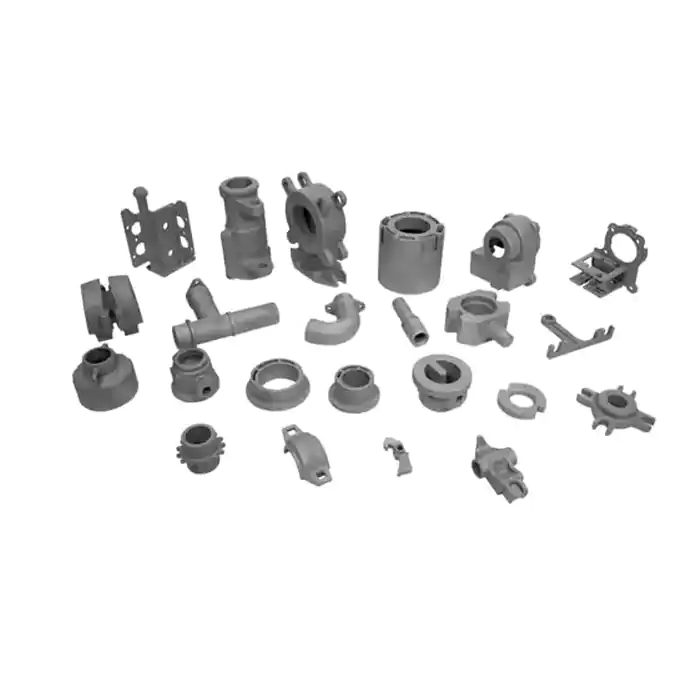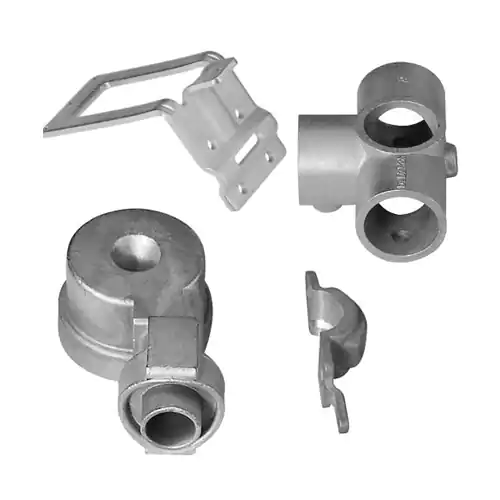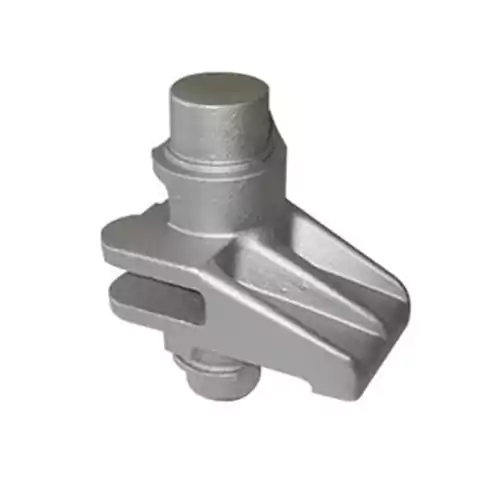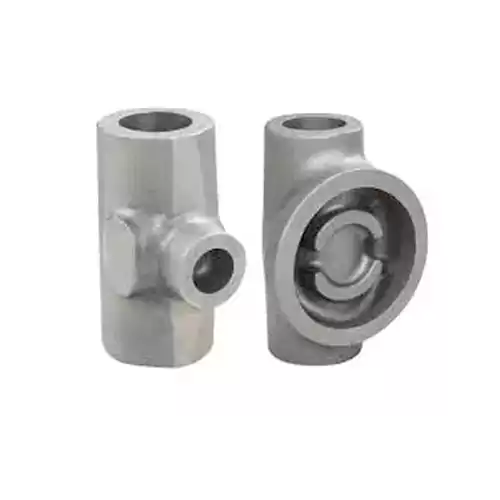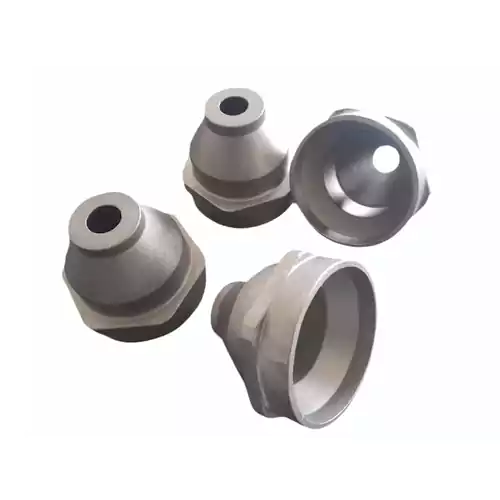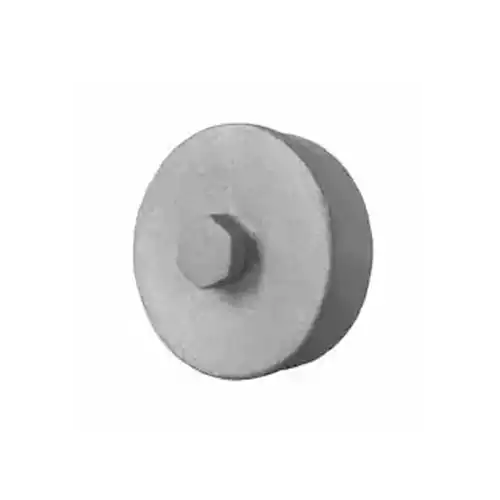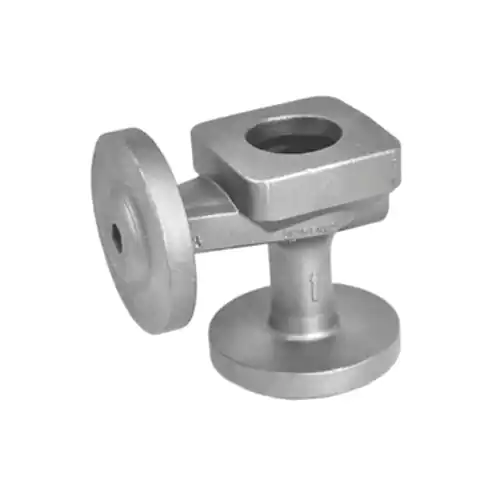- Certified ISO 9001 : 2015
- Download Catalogue
- Unit No. 327, Pride Industrial Estate,
Near Waliv Phata, Sativali Road, Vasai East,
Tal : Vasai, Dist. Palghar-401208, Maharashtra, India
- +91 9326474970
- enquiry@supercastind.com
With the capability to produce a wide range of castings,from cast iron to various steel grades and high grade alloys,Supercast International specializes in investment casting tailored to part geometry and alloy requirements. Over the years, we have been successfully addressing the casting challenges faced by our customers with innovative and cost effective solutions. Our investment casting process supports a broad spectrum of alloys, offering diverse material options to meet the stringent requirements of our esteemed clients. Whether for high or low-volume production or for large or small components, Supercast International is dedicated to delivering efficient solutions that optimize time and cost.
Product Details:
Investment casting is a precise fabrication technique used to create complex metal components for general engineering applications. The process begins with the creation of a wax pattern that accurately represents the desired part. This wax pattern is then coated with a ceramic material, forming a robust shell that will serve as the mold. Once the ceramic shell is fully strengthened, the wax is liquefied and tapped out away, leaving behind a void space that reproduces the exact shape of the original pattern. This method allows for delicate designs and fine details to be captured, making it particularly suitable for parts that require high perfection and dimensional accuracy. After the wax removal, molten metal is poured into the ceramic pattern shell, filling the void space. The metal then hardens as it cools and once cooled, the casting mold is broken away to showcase the completed casting. The investment casting process involves several key steps namely, designing , creating the ceramic mold, draining out the wax, pouring liquid metal, cooling and finally detaching the ceramic shell.
Each stage is crucial in ensuring that the final product meets stringent quality standards and specifications. Investment casting is versatile and can accommodate different metals and alloys which add to its relevance across different sectors. The exactness achieved through this method often reduces the need for extensive post casting machining or finishing operations, thereby streamlining production processes. Furthermore, investment casting can produce parts with detailed configurations that would be challenging to achieve through familiar machining methods. This capability allows engineers to design components that optimize performance while minimizing weight and material usage. The process also supports rapid prototyping, enabling fabricators to iterate designs and bring products to market more efficiently. As industries continue to evolve towards more innovative practices, investment casting remains an essential technique in general engineering for producing high quality components that meet modern engineering challenges. Its ability to deliver complicated structures with exceptional accuracy makes it a preferred choice for various manufacturing applications where reliability is crucial.
Components:
1.The initial step in investment casting on general engineering parts involves creating a precise wax pattern that replicates the desired component's shape and dimensions.
2.A ceramic material is then applied around the wax structure to form a strong mold, which is crucial for maintaining the integrity of the shape during the metal pouring process in investment casting on general engineering parts.
3.Once the ceramic shell hardens, the wax is melted and drained away, leaving a hollow cavity that defines the finished part of the component which is essential in investment casting on general engineering parts.
4.Molten metal is poured into the empty ceramic mold, filling every detail of the void space to form the casting, a critical phase in investment casting on general engineering parts.
5.The metal is allowed to cool and solidify, ensuring that it takes on the accurate shape of the mold, which highlights the effectiveness of investment casting on general engineering parts.
6.After cooling, the ceramic shell is broken away to reveal the cast component which may require further processing, illustrating another step in investment casting on general engineering parts.
7.Gates and runners are additional features that facilitate the flow of molten metal into the mold and are removed post-casting to achieve the final part shape in investment casting on general engineering parts.
8.Post-processing operations include sandblasting, grinding, and machining to refine the surface finish and achieve exact dimensional tolerances, emphasizing their role in investment casting on general engineering parts.
Non-destructive testing methods are employed to ensure casting integrity and compliance with specifications before shipment, engineering parts.
Application Industries:
1. Automotive Industry
2. Aerospace Industry
3. Power Generation Industry
4. Defense Industry
5. Marine Industry
6. Oil and Gas Industry
7. Medical Equipment Industry
8. Construction Industry
9. Agriculture Equipment Industry
10. Textile Machinery Industry
Investment casting is a highly effective manufacturing process for producing precision, complex parts used in general engineering applications across many industries. Its ability to create intricate designs with high material efficiency, strength, and durability makes it ideal for producing components like gears, shafts, brackets, flange alves, and many other essential engineering parts. While the initial tooling costs may be higher, the long-term benefits of precision, material flexibility.
